Footnotes: Nine Days' Wonders - 1st story
first story - the reckoning
1 Hinode-machi (日の出町): A small town in the Nishitama District in Western Tokyo. (Wikipedia)
Some photographs of Hinode-machi.

2.1 Kariginu (狩衣): A religious garment for Shinto priests (or onmyōji). It was originally a hunting garment, worn by nobles and warriors during the Heian period. But it has been used for religious ceremonies since the Kamakura period.
I found this Japanese page that tells you how to wear a kariginu. Awesome stuff.
2.2 Sashinuki (指貫): A special type of hakama. Hakama is a type of traditional Japanese clothing that is worn tied to the waist and covers the lower body part down to the ankles.
"Sashinuki are a type of hakama that are meant to be worn blousing over the leg and exposing the foot. To accomplish this, they are somewhat longer than normal hakama, and a cord is run through the hem and drawn tight, creating a "ballooning" effect." (Wikipedia)
2.3 Waraji (草鞋): A traditional Japanese footwear made of straws. (They're more comfortable than they look like. :D)
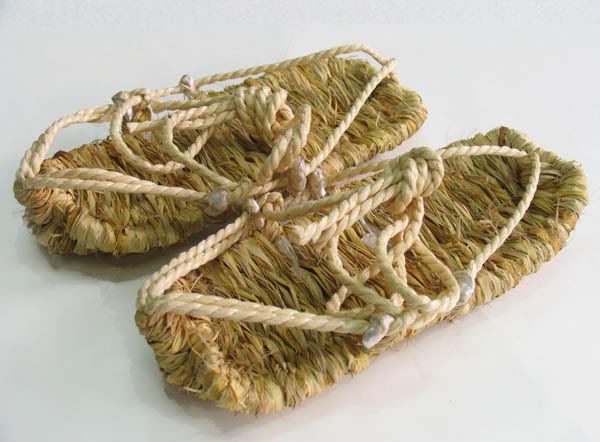
2.4 Tate-eboshi (立烏帽子): " [A] black-lacquered headgear (made of silk, cloth or paper) originally worn by court nobles in ancient Japan, and afterwards spreading to the common people." (Jim Breen's WWWJDIC Server) Tate-eboshi has the highest rank amongst all the different kind of eboshi, and is worn for religious ceremonies.
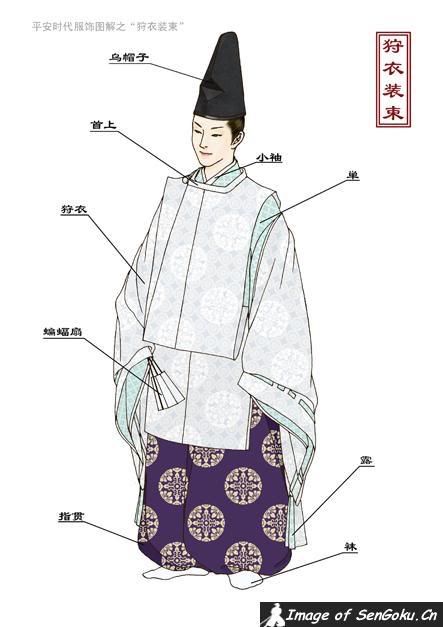
3 Shibuya (渋谷): One of the 23 special wards of Tokyo. It's a place where young people like to hang out. It's the entertainment and shopping district that sets the latest trends, and it has a very active nightlife. More about Shibuya.

4 Onmyōji (陰陽師): "Professional practitioners of [onmyōdo] were called onmyōji. Onmyōdō (陰陽道) is a traditional Japanese esoteric cosmology, a mixture of natural science and occultism. It is based on the Chinese philosophies of Wu Xing and Yin and yang, introduced into Japan at the turn of the 6th century, and accepted as a practical system of divination. These practices were influenced further by Taoism, Buddhism and Shintoism, and evolved into present-day onmyōdō approximately in the late 7th century.
Until the middle of 19th century, when onmyōdō was prohibited as superstition, it was under control of the imperial government, and later its courtiers, the Tsuchimikado family. The restrictions have been lifted, and as of 2006 anyone may study onmyōdō." (Wikipedia)
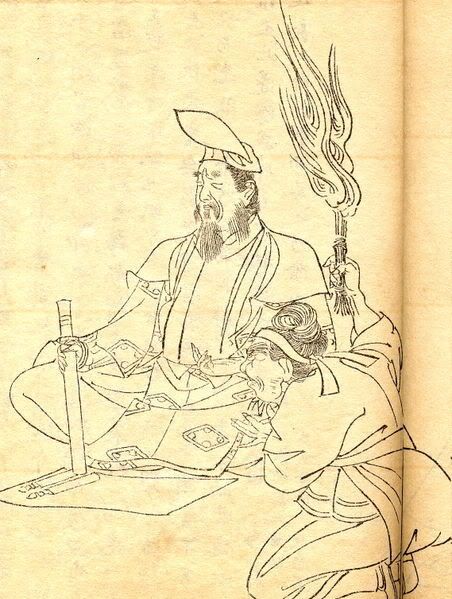
Most famous onmyōji: Abeno Seimei
5 Shinjuku (新宿): "The first impressive skyscapers were build in Shinjuku in the early 1970's, for instance the Mitsui Building (225m) or Sumitomo Building (210m), both completed in 1974." More about skyscrapers in Tokyo here.
Nowadays Shinjuku is known to have the widest number of different nationalities living there. Shinjuku is also the location of the administration center for the government of Tokyo, located in the Tokyo City Hall.

6 Jibakurei (地縛霊): "A spirit bound to the earth." After an unnatural death (murder, accident, suicide, etc), the spirit is likely to become a jibakurei if its will to remain in the living world is very strong. It is trapped at the place it died, and while some do remember their past lives, some don't.
The picture on the right shows Okiku, a ghost who appears at the well where she was murdered every night. I'm not certain whether Okiku is a jibakurei because the tales don't mention whether she can move away from the well. But since her apparation only happens at one place, so I took her image as an example for a jibakurei.
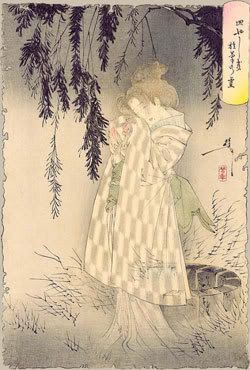
7 Ofuda (御札): “It is made by inscribing the name of a god, the name of a Shinto shrine, or a representative of god on a strip of paper, wood, cloth, or metal.” (Wikipedia)
I imagine Kame's ofuda to look like these.
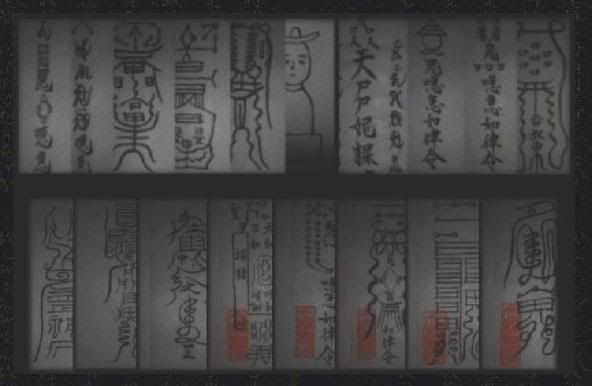
8 Obi (帯): "Obi is a Japanese word referring to several different types of sashes worn with kimono and keikogi by both men and women." (Wikipedia)

9 Zashiki-warashi (座敷童): A house protecting spirit, most commonly found in well-preserved old houses. It's a creature that appears in form of a little child. It doesn't only look like a child, it's also a very childish spirit that likes to play tricks on you. After inhabiting a house it will bring good luck to the household and protect the residents from danger, but once you anger it, it will leave the house and the place will become miserable.
It's said that the spirits of new born babies that were killed because the family was too poor to raise the child turn into zashiki-warashi.
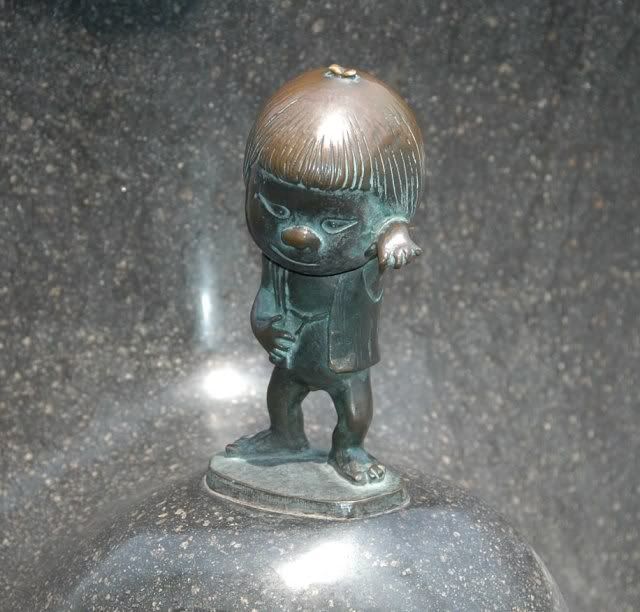
A bronze statue of a zashiki-warashi.